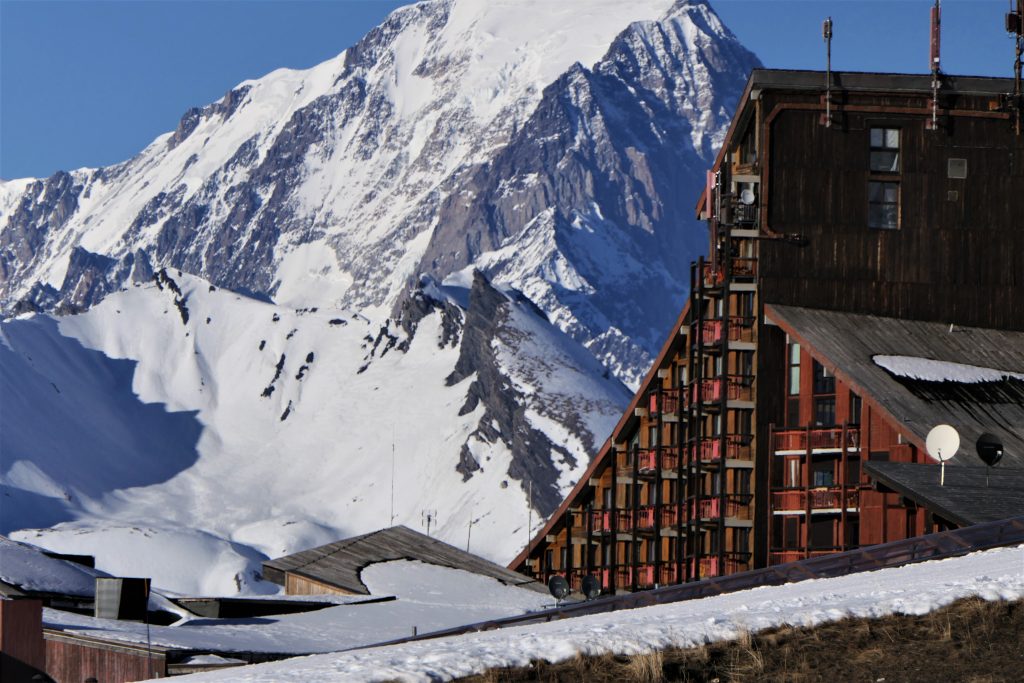James very politely and without fuss makes it clear he doesn’t want to listen to my yapping on about physics – he just wants to ski. He’s a completely self sufficient and self contained mini learning unit who learns mainly by stealth – listening to everything and, well, just doing it. His nose bleed on the chairlift however sparked a general conversation with Ted who informed us that nasal boogers can plug a bleed and when you scoop them out the bleeding can start again. Eventually however James was happy when out popped an inches long blood booger and liberated him from his discomfort so that skiing could be focused upon once again.
Yesterday Ted had asked if people ever end up coming back down the chair and I explained there was a trip wire at the top to cut the power if anyone stayed on the lift – to which Ted seemed to express some doubts. Today he inadvertently tested it by failing to dismount the lift after sticking his ski pole in the ground at the wrong moment. No harm done and a better understanding of the lift system now acquired!
Now all we had to do was focus on skiing and specifically getting control on steeper terrain and specifically stopping both James and Ted from plunging straight down the mountain at the first opportunity. Gravity pulls you down a mountain and it’s always the finish of a turn where you have to work the hardest against gravity that it all goes pear shaped. The start of a turn is quite easy because gravity is pulling you downhill anyway – even though it’s counter intuitive to push yourself off sideways downhill into a turn. This can be divided into two stages – the start and the end of a turn. To start a turn you force or let fall the centre of mass downhill into a turn (lateral to the ski’s direction across the hill) and to complete a turn you continue to drive the centre of mass now uphill into the turn centre.
When in a plough this has the odd effect of always having the actual weight and force on whichever ski is downhill of the body. For example crossing a slope in a plough the weight is always on the downhill ski. While doing this if you move the centre of mass uphill slightly you will start to turn uphill and if you move the centre of mass downhill slightly you will start to turn downhill – yet the weight is always on that same downhill ski until you point the plough straight downhill when the other ski will then come underneath you and become the weighted one. This is quite hard to explain on paper – much more easily seen on the mountain – so I videoed Ted being drilled on this level of control on a blue slope – complete with sound and instructions.
The “side slipping” on the steep is a critically important stage of development and we’ll get deeper into that tomorrow on day 3 of James and Ted’s excellent adventure.


